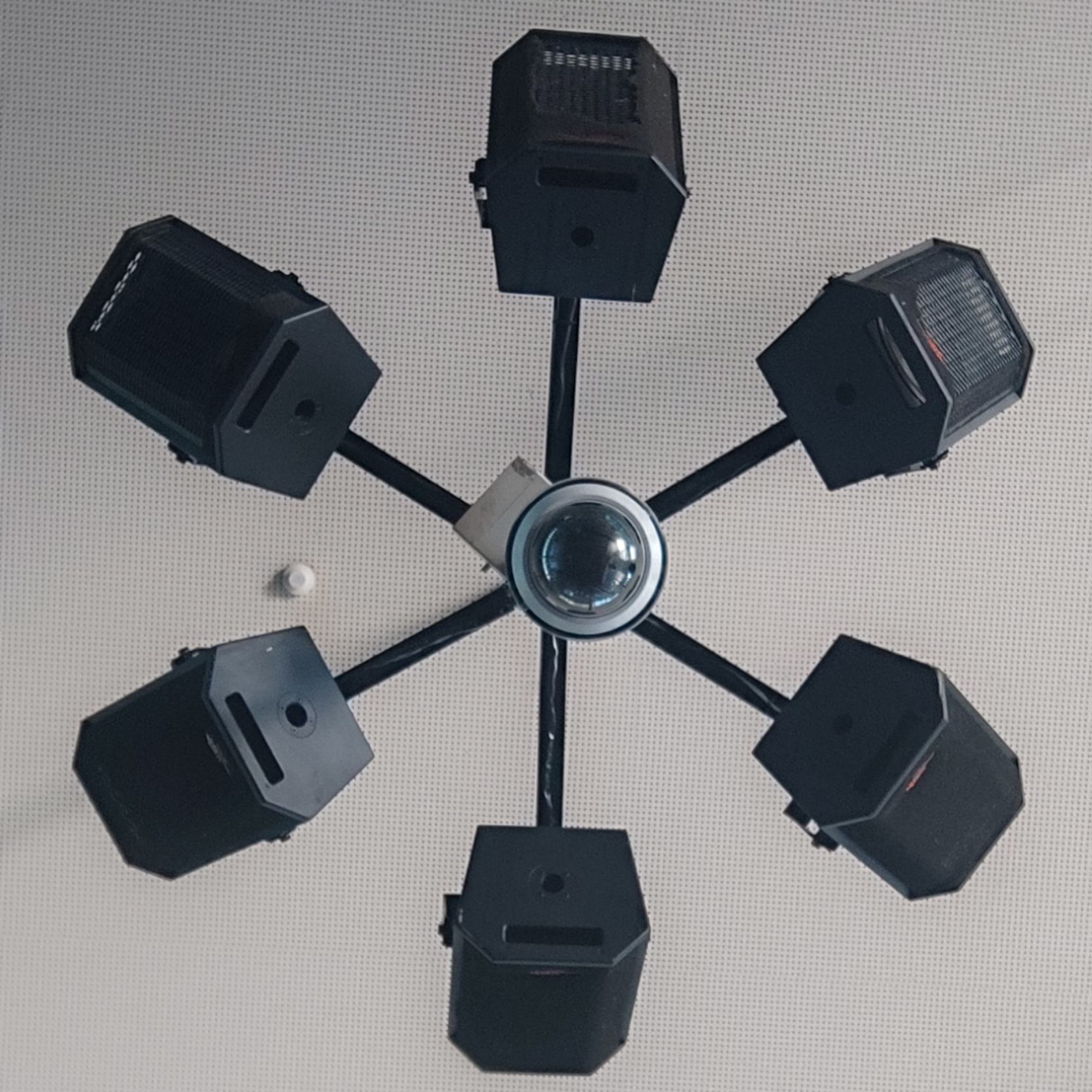Original question by @POTOOOOOOOO@reddthat.com
Does what I want and gets out of my way.
Bazzite just works, it runs every game I have with zero fuss, it’s easy to run Windows programs / emulators / local LLMs, AND it’s basically unbreakable.
I can’t claim it’s the best, but it’s the best for me right now.
On a gaming laptop I’m using Aurora because KDE Plasma btw (:
Bazzite has a KDE version too. I think it is more popular then the GNOME version of bazzite actually. At least according to the results of the latest steam survey
Yep I use KDE-flavored Bazzite and actually forgot GNOME was even offered! It works deliciously. Came over from Windows last winter finally and boy, the UI alone is just so much nicer.
I had avoided KDE for years due to some multi-screen resolution issues back in the day.
I’d be running gnome, and install a half dozen plugins to make it look and feel closer to Windows It was just a personal preference. Every other update some plugin I was using would be broken. I’d replace it with another plug-in or uninstall it and wait for a fix. Fight fight fight fight fight fight. Some number of years later I tried KDE again, and I realized that it did exactly what I was trying to do in Gnome but it did it out of the box.
I don’t have anything against Gnome. The same way I don’t have anything against OS X’s “window manager” or even Windows 11’s “window manager” they’re just not my preference.
Bottom left navigation, thin, stacked app indicators, bottom right tray. Fractional scaling, widgets.
I tried KDE over a decade ago before using Mint for a while. Then I saw someone’s laptop running vanilla GNOME and thought it looked nice. But a couple of years ago I realised that GNOME’s insistence on hiding settings in “tweaks”/gsettings and generally making it harder to do what I wanted was getting in the way. KDE still has the configurability that I loved when I first started using Linux and GNOME 2, without being an infinite config hellhole like the niche WMs
I haven’t bothered to actually search or troubleshoot yet, but since I’m here - have you had any problems with power management failing to automatically turn screens off when idle?
I don’t get consistent behavior there it seems (AKA it leaves them on when it shouldn’t), but that’s I think the only significant oddity I’ve found in the ~7 months or so I’ve been running Bazzite. And like I said I’ve done basically nothing yet to try to solve it, just wondering if you’ve seen it. I have the issue on a desktop and a laptop, using entirely different monitors (not even same brand) FWIW.
I haven’t had any problems like that, but I generally don’t leave my screen on. So perhaps I would have this issue, but just never notice it because of how I use the device.
I’m very conscious of energy use, I almost always manually set my laptop to sleep if I’m leaving it idle for a while.
It isn’t, it is the least bad
deleted by creator
To each its own in accordance to their needs. Debian is great unless you want to add proprietary stuff like GPUs. That’s the whole reason so many distros (e.g. Ubuntu) raised to fame and gained popularity while being based on Debian… That, and the fact that until recently Debian installation guide was not updated and called to download an ISO to be burned in 1-2 CDs… that was so f*ing unclear. Of course you can use a pendrive, but if the guide talks about CDs… that’s just confusing to newbies. None pointed that out, but to me is like being even less friendly than Arch :P Just my opinion. That said, I have been using Debian based distros for most of my time, even today (desktop PC with MX ‘ahs’.)
Mint is Ubuntu minus everything that makes Ubuntu annoying. That’s why I like it.
I considered to go back to Debian but… eh, I’m too old and impatient for that. Nowadays I mostly want things that work out of the box.
Do things not work out of the box on debian?
From what I remember*, there was always some rough corner. Such as the wi-fi, or the graphics card. Sure, Stable was rock solid, but you always needed something from Testing; and Testing in general was overall less stable than Ubuntu or Mint.
*This was years ago, so it might be inaccurate as of 2025.
All the good parts of Ubuntu have long since been integrated upstream. And Debian’s release cycle has increased a lot so you’re not stuck with old versions anymore.
NixOS. My entire config is source-controlled and I can easily roll back to a previous boot image if something breaks like cough Nvidia drivers. I also use it for my home router and all self-hosted services.
maniacally laughs while trying to avoid eye contact with 19k lines of nix config
I’ve been enjoying EndeavourOS over the past three years. It works wonderfully out of the box at default settings, and was really easy for me to use and set up to my liking with minimal know-how needed.
It also works really well on the variety of machines I have in my home. My desktop, modded Chromebook, and my husband’s laptop.
It’s allowed me to get more familiar and confident with the command line, and enough so that I’ve switched to Sway from XFCE (and previously KDE).
This week alone I’ve used Arch, Ubuntu, OpenSuse, and Fedora. Its Arch. By a short way, and mostly thanks to the wiki. Tbh they are all converging, and I go with KDE variants when I use a GUI and no distro does too much to customise it
I’m convinced it isn’t.
I don’t know that it is objectively the best - but its the best fit for me right now (LMDE).
Void made Linux fun again for me. It gets so much right with the rolling release model.
For a long time I considered Gentoo the best, because I know my things around there. A month ago I said goodbye to my last Gentoo installation in favour for Debian trixie (the next stable release). Gentoo was too time consuming despite the binary repo.
If it would be my job to maintain a Gentoo system I would gladly accept, but there should be a need for it by the users. Otherwise I would just recommend Debian stable or Fedora.
My favourite is Debian over Fedora, because I often don’t need the latest versions of a software. And there is flatpak.
Because I like compiling everything from source for a 0.2% speed improvement
openSUSE Slowroll and Secureblue are my favorites ATM. Slowroll for gaming, Secureblue for mobile device. Both are hardened for security because that matters to me.











